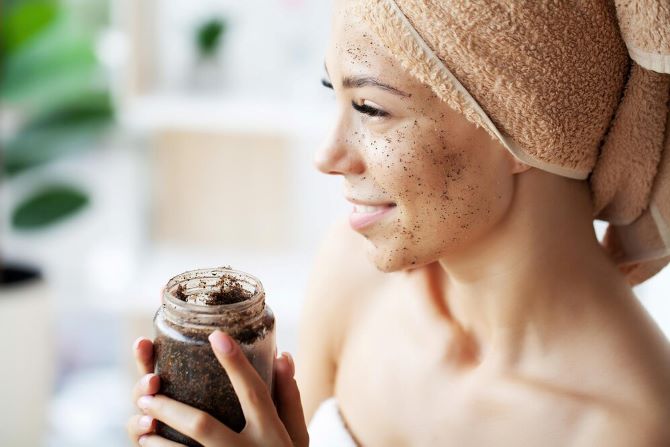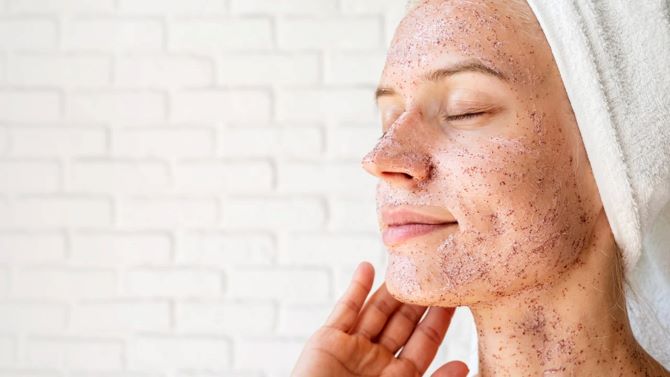If your skin has lost its healthy glow and your face shows blackheads and breakouts, it’s time to consider regular exfoliation. However, choosing a scrub requires a thoughtful approach — an unsuitable product can do more harm than good. At Joy-pup, we explore how to choose a scrub based on your skin type and condition.

Why is exfoliation important?
Exfoliation makes the skin smoother, softer, and more radiant, improving its texture and appearance. It helps clear pores and combats blackheads, pimples, whiteheads, and ingrown hairs. Moreover, it enhances the effectiveness of other skincare products — such as creams, serums, and masks.
There are two main methods of exfoliation: physical and chemical. Physical exfoliation involves using scrubs or brushes with fine abrasive particles that mechanically remove dead skin cells. To perform the procedure, moisten your face with warm water, apply the scrub to your fingertips, and gently massage your skin in circular motions for about 30 seconds, focusing on areas with clogged pores. Rinse with warm water and pat your face dry. This method can be used 1–2 times per week.
Chemical exfoliation (peeling) is based on the action of acids or enzymes that dissolve dead skin cells. The method of application depends on the specific product: some are applied to dry skin and rinsed off after a few minutes, while others work immediately upon application. Some peels are suitable for daily use, while others should be used only once or twice a week. Always perform an allergy test before the first use to avoid a skin reaction.
Normal Skin
Those with normal skin are in the most advantageous position: they can use almost any type of exfoliant without a high risk of side effects. This allows for experimentation with different textures, formulas, and concentrations of active ingredients in the search for the optimal product. However, moderation is still key: excessive or overly aggressive exfoliation can damage the skin’s natural lipid barrier, causing dryness or irritation.

Dry Skin
Dry skin requires an especially gentle approach. Due to its tendency toward dehydration, flaking, and heightened sensitivity, it’s important to avoid harsh physical exfoliants with large abrasive particles, which can damage the skin. High concentrations of acids in chemical exfoliants are also not recommended, as they can increase tightness and provoke inflammation. Gentle forms of AHA acids (such as glycolic or lactic acid) in low concentrations are preferable, as they exfoliate while promoting hydration.
Oily Skin
The increased sebum production in oily skin calls for regular and more frequent exfoliation. In this case, both gentle physical scrubs with fine particles and chemical exfoliants based on BHA acids (like salicylic acid) are suitable. The latter penetrate deep into the pores, effectively dissolving excess sebum and impurities, thereby reducing the risk of inflammation and breakouts.

Sensitive Skin
Exfoliation can be particularly risky for sensitive skin. Its heightened reactivity requires avoiding both abrasive scrubs and aggressive acid-based peels. A good alternative is enzymatic exfoliants made with natural enzymes such as papain or bromelain. These ingredients gently break down the bonds between dead skin cells without causing irritation, preserving the integrity of the skin barrier.
Combination Skin
Combination skin includes areas with different needs, which requires a targeted approach. For the oily T-zone, light mechanical scrubs that help cleanse pores are appropriate, while for dry areas of the face, gentle chemical exfoliants with low AHA content are recommended. A universal solution could be a mild enzyme peel, which provides balanced exfoliation without overburdening specific zones.
Read also: how to properly use a clay mask at home.







Only registered users can leave comments